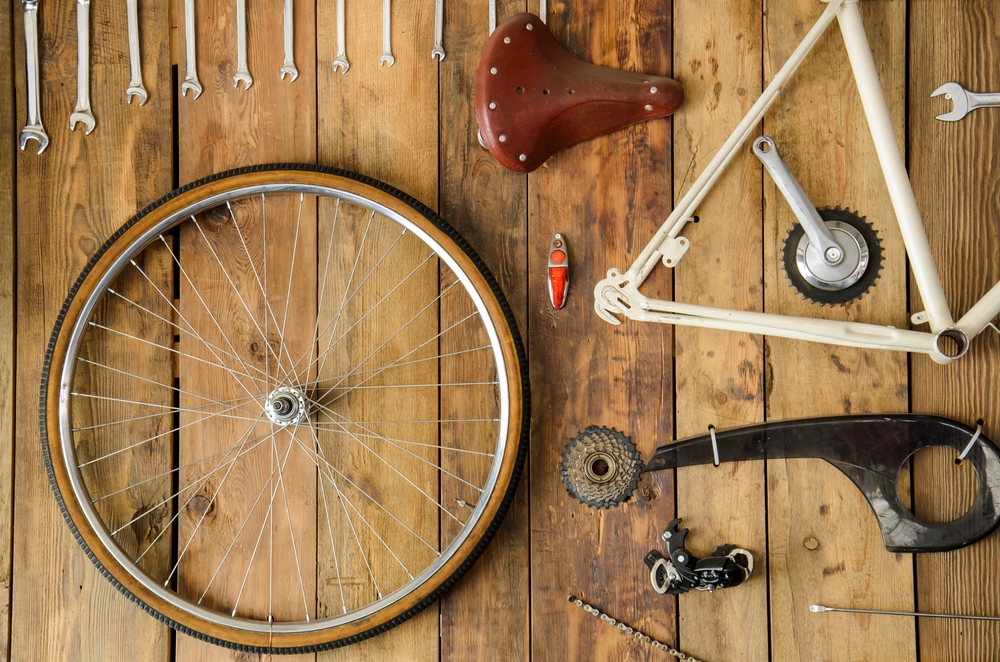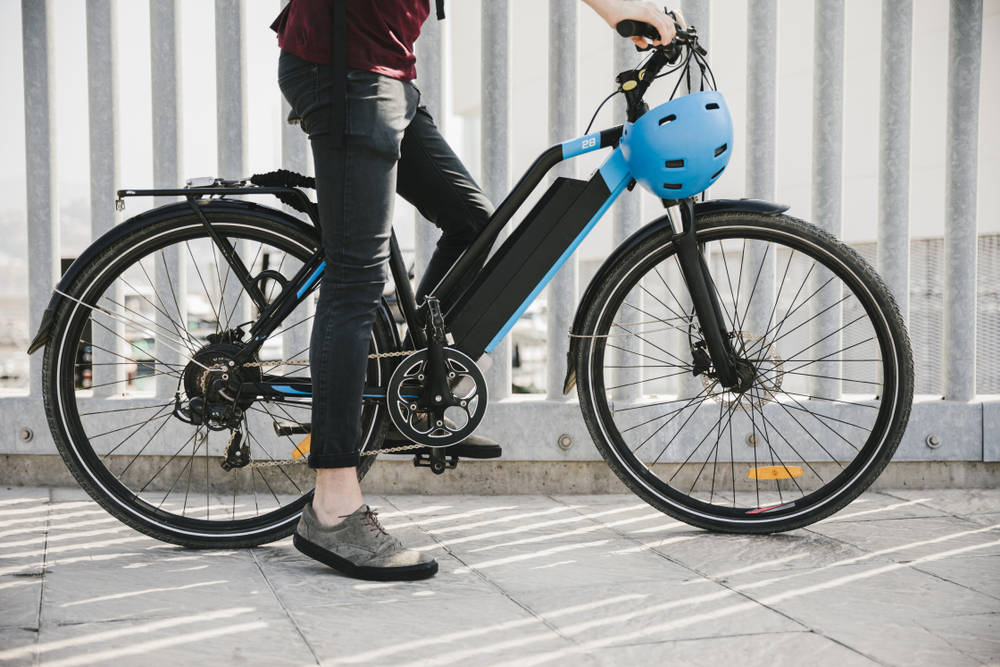
Bicycles are fantastic for zipping around town but are less than ideal as living room décor. Between acting as awkward coat hangers and those ever-present pedals targeting your shins, it quickly becomes apparent that your bike needs its own space. But storing it isn’t just about finding a spot; it’s about preparing your bike for long-term care. Dive in as we guide you through the essential steps to storing your bike and where to store it!
Service Before Storage:
Like any other piece of machinery, a bike benefits from a little tune-up, especially if it will be unused for an extended period. Before stowing your bike away:
Consider giving it a thorough check-up:
Ensure the brakes are responsive, the gears shift smoothly, and all bolts and screws tighten. Look out for signs of wear and tear on the tires or any fraying in the brake cables. Many local bike shops offer tune-up services if you’re unfamiliar with bike maintenance. They’ll ensure everything is in peak condition, so your bike will be when you’re ready to ride again. This preventive measure can also extend the life of your bike and save on more significant repairs in the future.
Clean Your Bike Thoroughly:
Before you even think about storing your bike for an extended period, properly cleaning it is crucial. A mixture of mild detergent and water, paired with a soft cloth or brush, does wonders in getting rid of stubborn dirt, grease, and corrosive substances. The drivetrain — the chain, derailleur, and sprockets — often collects the most grime. Cleaning now will save you a world of trouble when it’s time to ride again.
Lubricate Moving Parts:

A bike’s longevity and smooth operation rely heavily on regular lubrication. As you prepare for storage, apply a light but adequate lubricant layer to pivotal points like the chain, gears, brakes, and derailleurs. It prevents rust onset and guarantees your bike springs back to life seamlessly after storage.
Inflate the Tires:
Tires naturally lose pressure over time. You guard against potential flat spots or unsightly cracks by inflating them to the recommended pressure. And if you have the means, consider storing the bike elevated — using a wall mount or ceiling hook. This method takes any undue weight off the tires, preserving their shape and condition.
Check and Protect Brake and Gear Cables:
Your bike’s cables are its lifelines. Before storage, thoroughly inspect them to ensure they’re taut and damage-free. A light lubricant coating will also protect them from drying or corrosion. This ensures they remain responsive and in top-notch condition.
Remove the Batteries:
Modern bikes often come equipped with lights or even electronic gear shifters. If yours does, always remember to remove any batteries before storage. This simple act can prevent potential leakage or corrosive damage, safeguarding your bike’s electronic components.
Cover the Bike:
Dust might seem harmless, but it can become a nuisance over time. Using a breathable cloth or a bike-specific cover ensures your bike remains dust-free and protects it from possible scratches or sudden impacts.
Positioning:
If hanging the bike isn’t feasible, make sure it’s stored upright, preferably not leaning heavily against any wall or object. Proper positioning avoids pressure on the rims or frame, preventing potential warping or structural damage.
Disassemble for Compactness:
For individuals with limited storage space or those aiming for the most efficient storage, breaking down the bike can be a game-changer. Start by removing the pedals, which can often protrude and make for an awkward fit. The wheels can be next; with the quick-release function on most modern bikes, this is often a tool-free task. If you need even more space or are storing multiple bikes, consider detaching the handlebars and turning them parallel to the frame.
Remember, the key is to carefully store and label any screws, bolts, or small parts that are removed. Investing in small plastic organizers or even simple zip-lock bags with labels can save time and frustration when it’s time to reassemble. For those less mechanically inclined, taking pictures during the disassembly process might be helpful to ensure everything goes back where it belongs.
Note on Battery-Operated Components:

With the rise of e-bikes and various battery-operated bike accessories, it’s essential to consider the longevity and care of these electronic components. For standard accessories like lights or speedometers, removing the batteries is a good practice to prevent any potential leak or corrosion over time. But for e-bikes, the battery care becomes even more critical. Lithium-ion batteries, commonly found in e-bikes, shouldn’t be stored at full charge for extended periods. Make sure to read the manufacturer’s manual on how to store an e-bike safely. Checking the manufacturer’s guidelines or the user manual can provide specific instructions and tips to maximize the lifespan of your e-bike’s battery.
Why Long-Term Bike Storage is Best Done In a Storage Facility?
Unless you live in a mansion and have some spare rooms, your bike will take up precious space inside your home. It will be in your way whether you place it in your living room or your garage. Placing it in a shed or leaving it locked outside with a cover on it might resolve the space issue, but there are more secure solutions. The best way to keep your bike safe from thieves is to move it into long-term self-storage.
Store Your Bike with Storage Solutions
Parking your bike in the corner and hoping for the best might sound tempting, but as you’ve seen, proper long-term storage requires many more steps. By taking these extra steps, you’re making sure that your bike is ready to go when you need it the most. And if you’re seeking the perfect spot, remember that at Storage Solutions, we’re more than equipped to keep your two-wheeled companion safe and sound. When thinking of long-term bike storage, think Storage Solutions — where your bike is secure until you’re ready to ride again.
